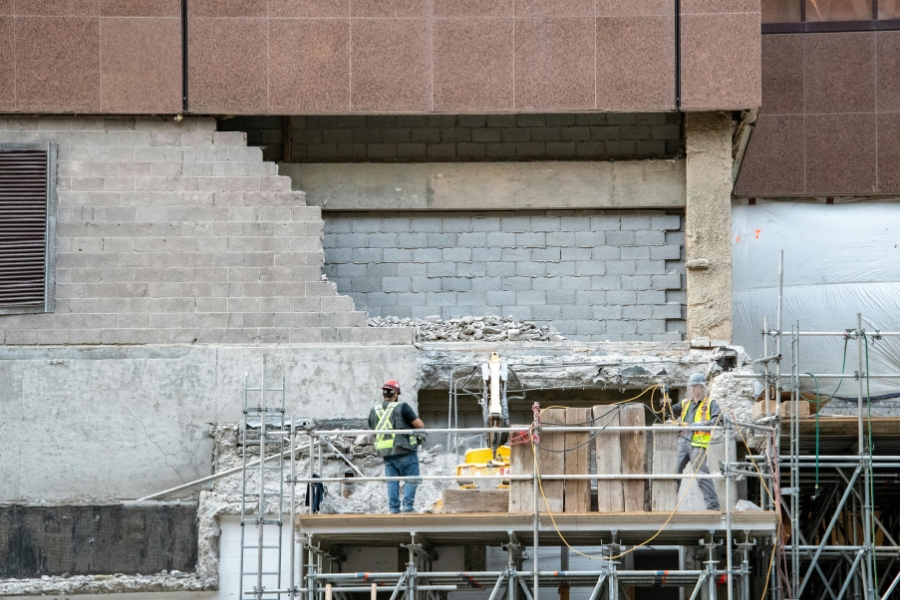Have you heard the terms steger and scaffolding in the world of projects but are confused about whether they are the same or different? Don’t worry, you are not alone. Many people, even those who are quite involved in construction work, still confuse these two terms. In fact, they have similar functions but can differ in terms of usage, materials, and safety standards.
So, to avoid further confusion, let’s take a closer look at the differences between steigers and scaffolding. You’ll have a better understanding and won’t be confused when using them in the field!
What Are Stegers and Scaffolding?
First, scaffolding is a temporary structure used to support workers, materials, and equipment during the construction, maintenance, or renovation of buildings. Meanwhile, a steger is a scaffold.
So, in general, there is no substantial difference between scaffolding and steiger; both refer to temporary scaffolding systems. However, in practice and local usage, we can see differences in type, material, components, and use.
Differences Between Steger and Scaffolding
Although they have almost the same meaning, there are several aspects that are often used to differentiate them in practice, namely:
1. Materials
In construction practice, steger can refer to wooden or bamboo scaffolding, especially for small-scale projects or minor renovations. Meanwhile, scaffolding more often refers to metal structures such as iron pipes, aluminum, and modular frames due to its more modern, professional, and standardized use.
So, when people refer to “iron scaffolding,” it could also be scaffolding. Here, the difference between scaffolding and scaffolding can be seen in terms of materials.
2. Modular Systems & Components
Modern scaffolding is usually built with a modular system, consisting of frames, ledgers, transoms, bracing, couplers (clamps), work boards, and safety elements. Wooden scaffolding may not be modular in its standard form, but rather improvised according to project needs. Therefore, scaffolding tends to be more systematic and easier to assemble, while scaffolding can be flexible but may be less standardized.
3. Safety & Standards
Scaffolding used in large projects is generally subject to safety regulations, load calculations, periodic inspections, and the use of high-quality materials. Traditional scaffolding may not follow these formal standards, especially when used in small projects or home renovations. However, safety principles must still be upheld.
Case Study
For example, in a two-story house wall painting project:
- You can use simple bamboo scaffolding and dolken wood scaffolding for the lower sections, as they are easy to assemble and inexpensive.
- But for high areas or building projects, you would prefer modular iron frame scaffolding for safety, strength, and faster installation.
In large multi-story building projects, metal scaffolding is almost always used. However, in small projects or renovations in rural areas, scaffolding is still often used for wooden or bamboo structures.
Now you know the difference between scaffolding and scaffolding, which is not that significant. Both function as temporary supports in construction projects. The only difference is the material. Essentially, the choice between scaffolding or scaffolding depends on the scale of the project and the needs on site.
For that, use high-quality wood materials for scaffolding, work platforms, or other supporting structures from Hojaya! We provide a variety of solid wood products, plywood, and processed materials with guaranteed quality for construction and furniture needs. Additionally, all our wood is designed to be strong, durable, and environmentally friendly.
So, don’t wait any longer—ensure your project stands strong with premium wood from Hojaya!

